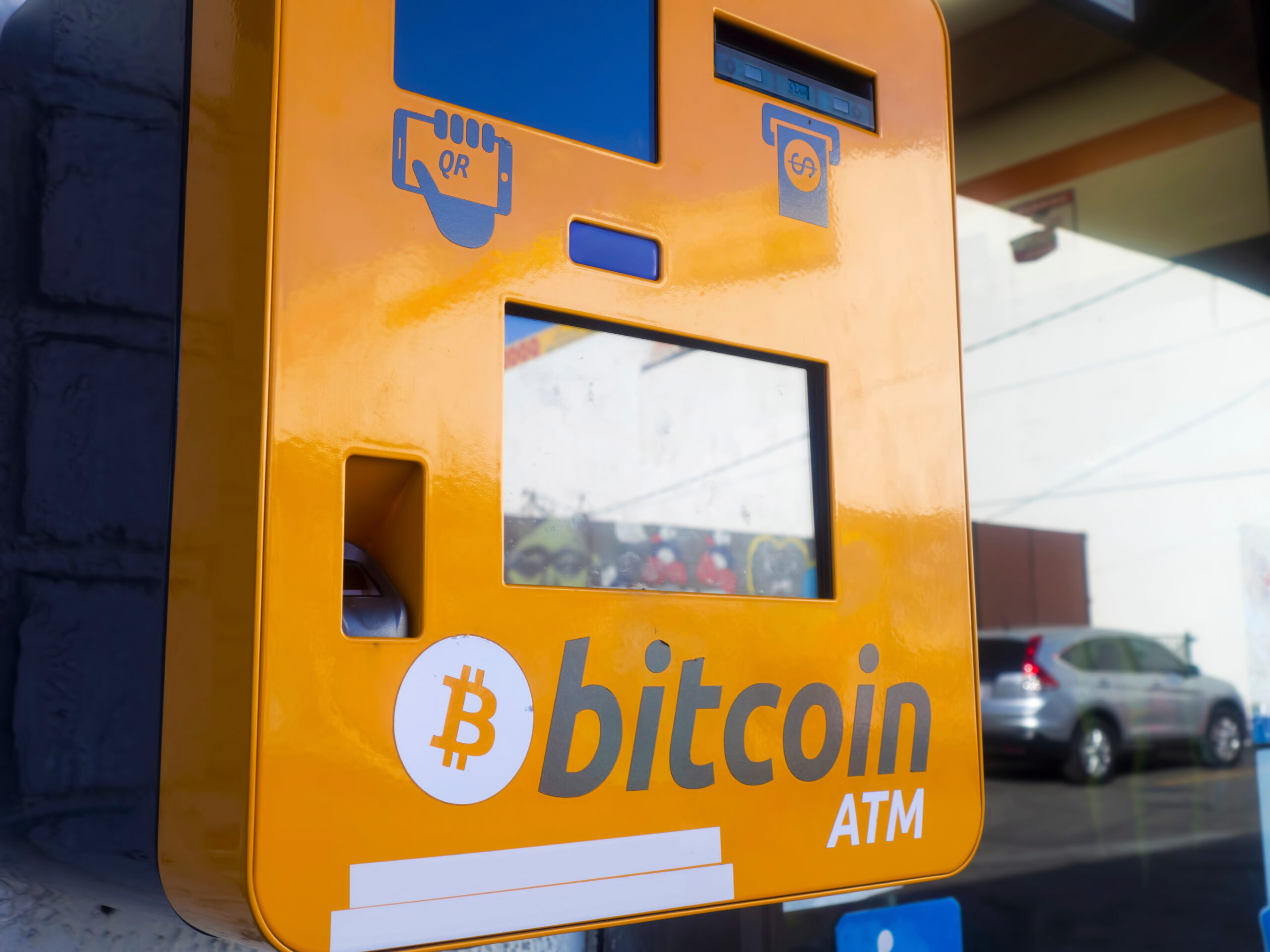One piece of an enormous puzzle to maintain relevance in a rapidly evolving and highly competitive space.
With the rapid rise of decentralised exchanges (DEXes), significantly cheaper NFT minting fees and token swaps courtesy of Solana and Ethereum L2s, and a growing list of user-friendly non-custodial wallets on the market, regular crypto exchanges have realised they’ll need to adapt if they want to succeed in future.
Today, I will be focusing on two of the largest (centralised) exchanges in the world, Coinbase and Kraken, with 24-hour trading volumes of $2.71 billion and $1.34 billion, respectively.
While these are still far behind Binance, which consistently hits $20 billion in 24H volume worldwide (it hit a whopping $69 billion in just one day in February), these remain two of the most regulated CEXes in the USA.
Coinbase and Kraken have started doing something that has (or will) provoke the ire of many people, or will at least get eyes rolling.
Subscriptions.
Love them or loathe them, they’re not going anywhere.
Netflix, Spotify, Amazon Prime Video, YouTube Premium…the list goes on.
Coinbase was the first to offer this feature in July 2024 under its Coinbase One membership, starting at A$29.99 (approx. US$19.30) per month, before Kraken+ entered the market a few months ago.
As soon as this happened, the former introduced an even cheaper option – Coinbase One Basic – to match Kraken, both going for A$4.99 per month or A$50 annually, each of which offers a free trial.

A screenshot of the email I received from Coinbase One a year ago (with the cheesy and culty title) when I signed up for the one-month trial. Taken by the author.
Is it worth paying for a subscription to use a crypto exchange?
For the vast majority of us, I would say no.
The two main benefits of using this include much cheaper (or zero*) trading fees and higher staking rewards.
*They’ll still make a small amount from spreads, but the fees for paid members are cheaper nonetheless.
If you’re a casual BTC/crypto trader or investor who seldom uses these exchanges, especially with the abovementioned improvements to the UX for non-custodial (particularly hardware) wallets and cheaper, faster networks nowadays, compared to Ethereum up until 2020.
Per the staking rewards, when you consider the commission rates for staking crypto via Coinbase and Kraken, non-custodial wallets will offer you better returns.
Unless you have vast sums sitting on an exchange – some do this for various reasons, even though it’s not recommended – or you frequently trade crypto on these CEXes, it’s not worth it.
As always, each to their own. I’m all for giving people options, and I am glad to see more convenient ways for people to trade and manage their digital assets, notably for those who prefer self-custody.
Is it fair to call this “enshittification”? Not quite.
Unlike shows and films that are streamed exclusively on services that only paid members can explore, there will be several regulated crypto exchanges available to retail investors that will remain free to use.
An exception would be those that shift towards providing services exclusively for institutional clients, but I am unaware of exchanges that have done (or plan to do) this.
Where it would be enshittification is if one of these crypto firms significantly lowers the UX or makes contacting customer support unbearable to deal with, opting to heavily focus on paid members.
Once again, I am not aware of any exchanges that have done this.
It’s all too early to tell because these crypto membership services are still few and far between, and relatively new.
In due course, we will see other exchanges hopping on this bandwagon.
Moreover, it would likely be one of the most nonsensical business moves when there is intense competition in a growing global market, with billions of new users to enter the crypto market in the coming years.
Ultimately, these are businesses that need to remain profitable and establish multiple (viable) revenue streams, particularly when shareholders are involved.
Full disclosure, I am a Coinbase shareholder. Ironically, I would still recommend Kraken over Coinbase, as Kraken generally has cheaper trading fees.
I have signed up for both for about A$50 per year to explore the additional benefits these memberships offer, such as airdrops for Kraken+ members and several sweepstakes prizes each quarter, including an opportunity for regular Coinbase clients to participate.
It’s money that I would otherwise spend on one or two lottery tickets each year—just my take on it.
Do you plan to use these memberships?
Affiliate links
If you’d like to purchase a Ledger or Trezor product, please use the following link to help support my channel. I receive a small commission per sale at no additional cost.
https://shop.ledger.com/?r=a1b3ac23d773
https://affil.trezor.io/aff_c?offer_id=169&aff_id=35611
You might also be interested in these stories:
https://medium.com/@cryptowithlorenzo/bitcoin-is-going-to-zero-5562122f5481
Disclaimers
- None of this is financial advice; I am not a financial advisor. This information is for educational purposes only. You are ultimately responsible for your investments.
- My opinions in this piece might not reflect those behind any news outlet, person, organisation, or otherwise listed here.
- None of this is paid advertising.
Featured image by suriyawutsuriya at Freepik.


